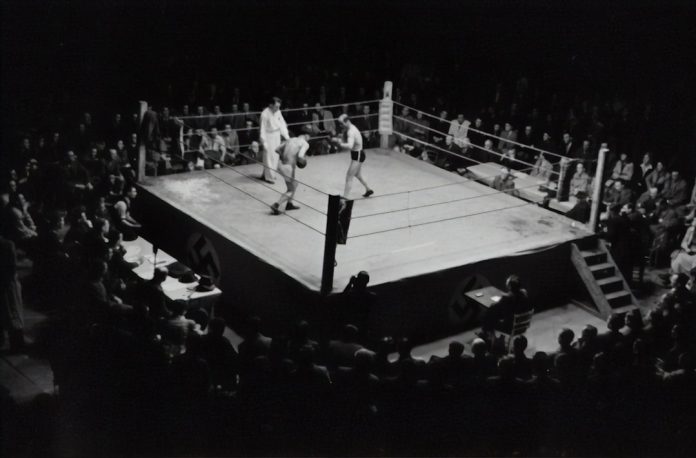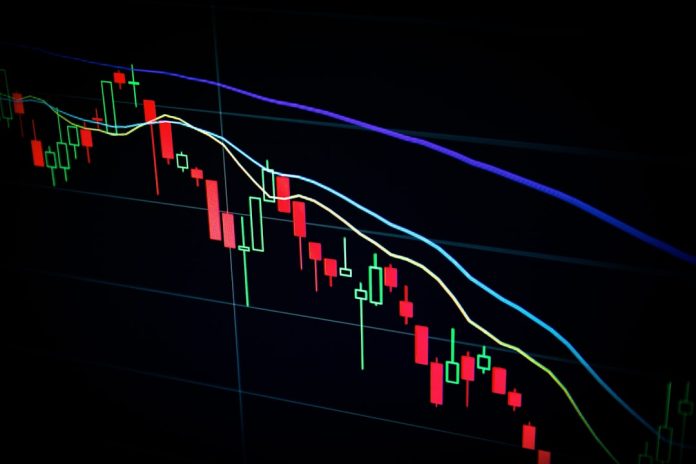Investing in Sports Card Futures: 3 Tips for Spotting the Next Big Collectible
[wpcgai_img dalle=yes]
Sports card collecting has been a popular hobby for decades, but in recent years, it has become a lucrative investment opportunity. With the rise of online marketplaces and the growing interest in sports memorabilia, sports cards have become a valuable asset for investors. However, not all sports cards are created equal, and it can be challenging to spot the next big collectible. In this article, we will discuss why rookie cards are a good investment and provide three tips for spotting the next big collectible.
Rookie Cards: Why They’re a Good Investment
Rookie cards are the first cards produced for a player in their professional career. These cards are highly sought after by collectors and investors because they represent the beginning of a player’s career and often have a limited print run. As a result, rookie cards tend to hold their value and appreciate over time.
One example of a valuable rookie card is the 1986-87 Fleer Michael Jordan card. This card is highly sought after by collectors and investors because it is Jordan’s first card in his Chicago Bulls uniform. The card has a limited print run, and the demand for it has driven up its value over time. In 2019, a PSA 10 graded Jordan rookie card sold for $350,100 at auction.
Three Tips for Spotting the Next Big Collectible
1. Look for Players with Potential
The first tip for spotting the next big collectible is to look for players with potential. This means looking for players who have the potential to become stars in their respective sports. These players may be rookies or veterans who are just starting to gain recognition.
One example of a player with potential is Zion Williamson. Williamson was the first overall pick in the 2019 NBA draft and has already shown flashes of greatness in his rookie season. His rookie cards are highly sought after by collectors and investors because of his potential to become a superstar in the league.
2. Pay Attention to Print Runs
The second tip for spotting the next big collectible is to pay attention to print runs. Print runs refer to the number of cards produced for a particular player or set. Cards with a low print run are often more valuable because they are rarer and harder to find.
One example of a card with a low print run is the 2011 Topps Update Mike Trout rookie card. This card has a print run of only 1,000, making it one of the rarest Trout rookie cards available. As a result, the card is highly sought after by collectors and investors.
3. Consider the Condition of the Card
The third tip for spotting the next big collectible is to consider the condition of the card. Cards in excellent condition are often more valuable than cards in poor condition. This is because collectors and investors want cards that look as good as new.
One example of a card in excellent condition is the 1952 Topps Mickey Mantle rookie card. This card is highly sought after by collectors and investors because it is Mantle’s first Topps card and is considered one of the most iconic cards in sports card collecting. However, finding a Mantle rookie card in excellent condition is rare, and as a result, the card is highly valuable.
Conclusion
Sports card collecting has become a lucrative investment opportunity, but it can be challenging to spot the next big collectible. By looking for players with potential, paying attention to print runs, and considering the condition of the card, investors can increase their chances of finding the next big collectible. Rookie cards are a good investment because they represent the beginning of a player’s career and often have a limited print run. As with any investment, it is essential to do your research and make informed decisions.
The Importance of Grading and Authentication
Investing in sports card futures has become a popular trend among collectors and investors alike. With the rise of online marketplaces and the increasing demand for rare and valuable cards, it’s no surprise that more people are looking to invest in this market. However, with so many options available, it can be difficult to know where to start. In this article, we’ll explore three tips for spotting the next big collectible in sports card futures, starting with the importance of grading and authentication.
Grading and authentication are two critical factors to consider when investing in sports card futures. Grading refers to the process of evaluating a card’s condition, while authentication involves verifying its authenticity. These two factors can significantly impact a card’s value, making them essential considerations for any investor.
When it comes to grading, there are several grading companies to choose from, including PSA, Beckett, and SGC. Each company has its own grading scale and criteria, so it’s important to do your research and choose a company that aligns with your investment goals. For example, PSA is known for its strict grading standards, which can result in higher values for cards that receive a high grade. On the other hand, SGC is known for its conservative grading, which can result in lower values for cards that receive a high grade.
Authentication is equally important when investing in sports card futures. With the rise of counterfeit cards on the market, it’s essential to ensure that the card you’re investing in is authentic. One way to do this is to purchase cards from reputable dealers or auction houses that have a proven track record of selling authentic cards. Another option is to have the card authenticated by a third-party authentication service, such as PSA/DNA or JSA. These services can provide a certificate of authenticity, which can increase the value of the card and provide peace of mind for the investor.
In addition to grading and authentication, it’s also important to consider the rarity and demand for a particular card. Rarity refers to how many copies of a card exist, while demand refers to how many people are interested in purchasing the card. Cards that are both rare and in high demand can command a premium price, making them an attractive investment opportunity.
One way to gauge the rarity and demand for a particular card is to look at its population report. A population report provides information on how many copies of a particular card have been graded by a particular grading company. This information can give investors an idea of how rare the card is and how many potential buyers are in the market.
Another way to gauge demand is to look at recent sales data for similar cards. Online marketplaces such as eBay and Heritage Auctions can provide valuable insights into the current market for sports card futures. By analyzing recent sales data, investors can get a sense of what cards are in high demand and what prices they are commanding.
In conclusion, investing in sports card futures can be a lucrative opportunity for collectors and investors alike. However, it’s important to consider several factors when choosing which cards to invest in. Grading and authentication are critical considerations, as they can significantly impact a card’s value. Rarity and demand are also important factors to consider, as they can indicate the potential for a card to increase in value over time. By keeping these tips in mind, investors can spot the next big collectible in sports card futures and make informed investment decisions.
Understanding Market Trends: How to Predict Future Value
Investing in sports card futures has become a popular way for collectors and investors to make money. However, with so many cards on the market, it can be difficult to know which ones will increase in value over time. In this article, we will provide three tips for spotting the next big collectible.
Tip #1: Look for Players with Potential
One of the most important factors to consider when investing in sports card futures is the player’s potential. Look for players who are young and have a lot of potential to improve their skills. These players are more likely to become stars in the future, which will increase the value of their cards.
For example, if you are interested in investing in basketball cards, look for players like Zion Williamson or Luka Doncic. Both of these players are young and have already shown a lot of potential in their careers. Investing in their cards now could pay off in the future if they continue to improve and become superstars.
Tip #2: Consider Rarity
Another important factor to consider when investing in sports card futures is rarity. The rarer a card is, the more valuable it is likely to be. Look for cards that are limited edition or have a low print run. These cards are more difficult to find, which makes them more valuable to collectors.
For example, if you are interested in investing in baseball cards, look for cards that are numbered or have a limited print run. These cards are more valuable because there are fewer of them in circulation. Investing in these cards now could pay off in the future if they become even rarer over time.
Tip #3: Follow Market Trends
Finally, it is important to follow market trends when investing in sports card futures. Keep an eye on what other collectors and investors are buying and selling. This will give you an idea of which cards are in demand and which ones are not.
For example, if you notice that a particular player’s cards are selling for a high price, it may be a good time to invest in their cards. On the other hand, if you notice that a particular card is not selling well, it may be a good time to sell that card before its value decreases even further.
Conclusion
Investing in sports card futures can be a lucrative way to make money, but it requires careful consideration and research. When looking for the next big collectible, consider the player’s potential, rarity, and market trends. By following these tips, you can increase your chances of making a profitable investment. Remember to always do your research and invest wisely.



